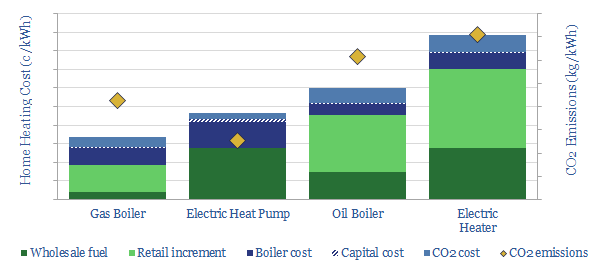
This data-file models the costs of home heating technologies, such as boilers and heat pumps, as well as their CO2 intensities. Specifically, oil-fired furnaces, gas boilers, electric heaters and electrically-powered…
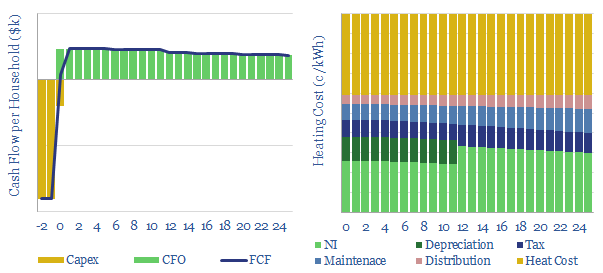
District heating supplies residential or commercial consumers with centrally generated heat, waste heat from power generation (combined heat and power) or from other industrial processes. Capturing waste heat lowers CO2-intensity….
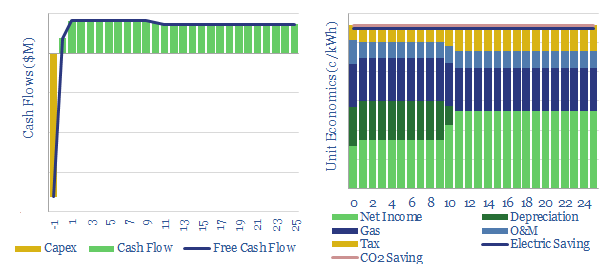
This data-file models the energy economics of a combined heat and power installation, to provide electricity and heating behind the meter, in lieu of purchasing electricity from the grid. The…
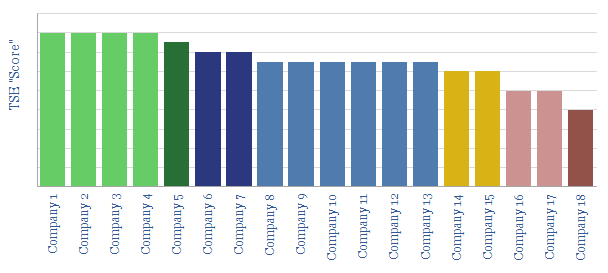
This data-file tabulates our subjective opinions on c20 different heat pump companies, and our own preferences to use their heat pump on a future European residential heating project. Factors we…
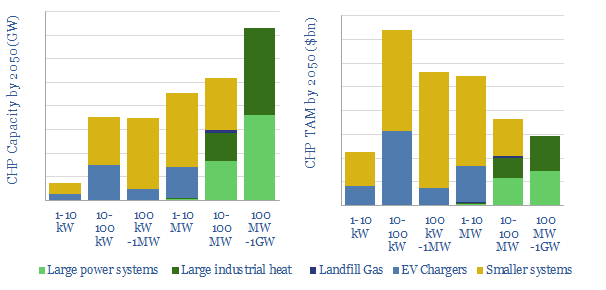
The purpose of this data-file is to ballpark the ultimate potential market size for combined heat and power systems in the US (CHPs), most probably powered by natural gas, but…
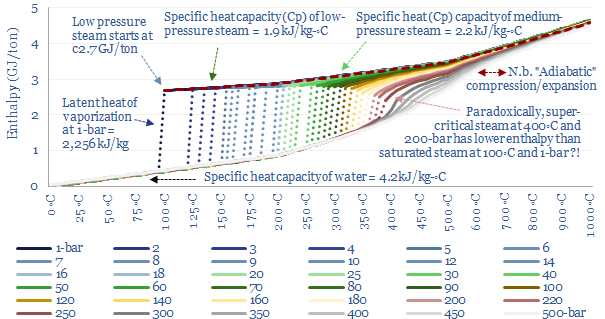
…1-bar (i.e., 1 atmosphere), it takes 4.2 kJ of energy to heat each kg of water by each 1◦C (aka the specific heat capacity of water). So it might require…
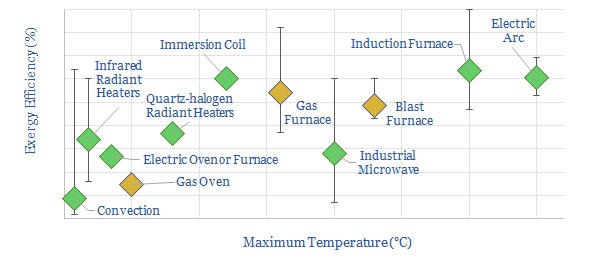
This data-file summarizes different heating technologies, predominantly electric heating technologies, used to supply process heat within industry. The file covers convection heating, infrared radiant heat, immersion coils, electric ovens and…
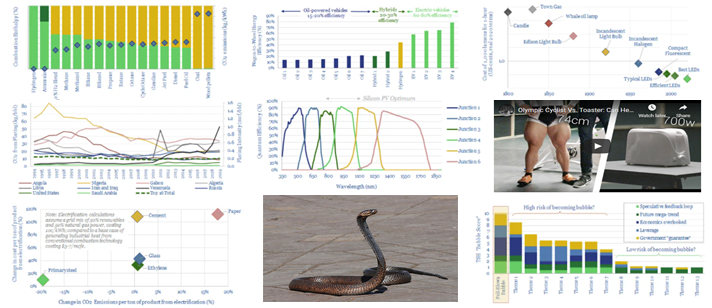
…cooler reservoir. Entropy is the ratio of heat energy flux to absolute temperature. When the heat energy leaving the heat source divided by the absolute temperature of that heat source…
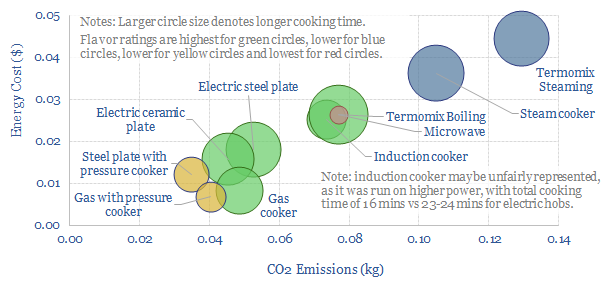
…has efficiently transferred heat into the food, but it was not useful heat in the sense of achieving a desired outcome. If the dish is ruined, then all prior heat…
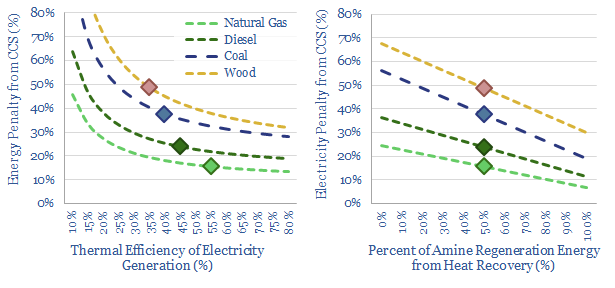
…much waste heat can be harnessed at a solid fuel power plant? A typical thermal power plant must already be recapturing 50-70% of its theoretically available waste heat if it…










